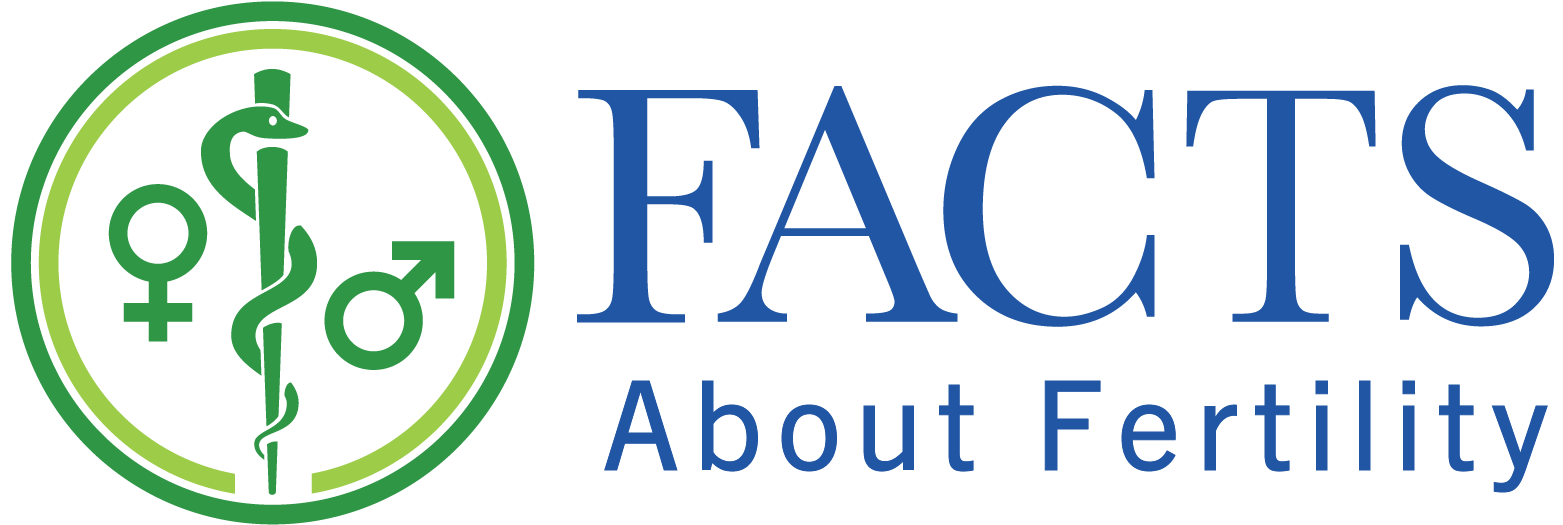By: Elle Johnsong, DO
Editor’s Note: This is the summary of an article titled, “Steroid Hormones and their Action in Women’s Brains: The Importance of Hormonal Balance.” [1] It was published by Del Río et al in 2018 in Frontiers in Public Health. Dr. Elle Johnsong summarized their informative article while on the FACTS elective that has educated more than a thousand medical students and residents about fertility awareness-based methods (FABMs) and their applications in women’s health. To meet the needs of medical residents with changing schedules, FACTS now also offers a resident elective in FABMs and restorative reproductive medicine. Follow the links to learn more about these unique educational opportunities and join us October 10-11, 2025 for our virtual conference: Lifestyle for Healthy Cycles! Today is the LAST DAY to REGISTER.
Introduction
Estrogen and progesterone play a significant role in women’s health and wellbeing. Synthesized in peripheral glands, adipose tissue, and within the brain itself, the levels of these sex hormones naturally fluctuate throughout a woman’s cycle as well as her lifetime — from menarche to menopause. Estrogen and progesterone exert their effects by binding to steroid receptors via two primary pathways. In the classical pathway, hormones bind to intracellular receptors that subsequently translocate to the nucleus to regulate gene expression. The non-classical pathway involves receptors located outside the nucleus (e.g., mitochondria, the endoplasmic reticulum, and the plasma membrane) that upon hormone binding, activate various signaling cascades.
“Synthesized in peripheral glands, adipose tissue, and within the brain itself, the levels of (estrogen and progesterone) naturally fluctuate throughout a woman’s cycle as well as her lifetime — from menarche to menopause.”
Neurosteroids
When sex hormones influence the nervous system, they are referred to as “neurosteroids.” The effects of these neurosteroids can be categorized as either activational or organizational. Activational effects refer to non-permanent, context-dependent changes that occur via classical and non-classical pathways. An example includes the modulation of specific neurotransmitters. Organizational effects refer to permanent, long-lasting changes that alter the structure of the nervous system. Examples include myelination, neural pruning, apoptosis, and dendritic spine remodeling.
Neuroprotective Effects of Estrogen & Progesterone
Estrogen and progesterone bind to receptor sites in the body through both classical and non-classical pathways. In the mitochondria, they enhance cellular metabolism by increasing glucose availability and enhancing ATP production. Estrogen, in particular, exhibits antioxidant and anti-apoptotic properties by upregulating enzymes that combat oxidative stress. In the nucleus, both hormones support neuronal viability, though estrogen more strongly promotes neurogenesis via neural progenitor cell proliferation. Progesterone and its metabolites uniquely influence oligodendrocytes, the cells responsible for synthesizing myelin — the protective sheath that insulates neurons and facilitates signal transmission. The two hormones differ in their effects on cellular activity: estrogen generally enhances neuronal excitability and plasticity, while progesterone tends to reduce excitability by modulating neurotransmitter systems.

“Estrogen, in particular, exhibits antioxidant and anti-apoptotic properties by upregulating enzymes that combat oxidative stress.”
Neurotransmitters Affected by Estrogen & Progesterone
Estrogen, progesterone, and their metabolites can act at the synaptic level, influencing four main neurotransmitters: glutamate, GABA, serotonin, and dopamine. Glutamate is the brain’s primary excitatory neurotransmitter and is involved in memory and learning. Conversely, GABA is the brain’s primary inhibitory neurotransmitter and plays a fundamental role in balancing brain cell activity. GABA’s positive modulation has been associated with anti-anxiety effects. Serotonin plays an important role in the limbic system, the group of structures in the brain that regulate mood, emotions, behavior, motivation, and memory. Serotonergic pathways also influence autonomic functions such as digestion, as well as the sleep-wake cycle and various cognitive processes. Dopamine is central to the reward system of the brain. It influences pleasure, addiction, decision-making, motivation, motor control, and learning.
By influencing neurotransmitter synthesis, release, or degradation, as well as neurotransmitter receptor synthesis, activation, or inhibition, estrogen and progesterone can have varying effects on neurotransmitters. Estrogen generally enhances the activity of glutamate, serotonin, and dopamine, while suppressing GABA transmission. In contrast, progesterone suppresses glutamate transmission, enhances GABA, and has variable effects on serotonin and dopamine depending on brain region (e.g., prefrontal cortex, striatum) and hormonal context (e.g., prior estrogen exposure). Notably, progesterone alone does not consistently enhance serotonin levels; however, when preceded by estrogen, it may amplify serotonergic signaling. Similarly, in specific brain regions like the striatum and prefrontal cortex, progesterone increases dopamine release, but only after preexposure to estrogen.
“Estrogen generally enhances the activity of glutamate, serotonin, and dopamine, while suppressing GABA transmission. In contrast, progesterone suppresses glutamate transmission, enhances GABA, and has variable effects on serotonin and dopamine depending on brain region and hormonal context.”
Exogenous Hormone Supplementation
Synthetic forms of estrogen and progesterone have long been used in contraception and hormone replacement therapy to address symptoms associated with hormonal fluctuations and decline, such as those seen in menopause. Endogenous hormonal fluctuations during reproductive stages — including the ovarian-menstrual cycle, pregnancy, and menopause — are linked to a heightened risk of mood disorders such as premenstrual dysphoric disorder, postpartum depression, and perimenopausal depression. Given their effects on synaptic plasticity, mood, and cognition, estrogen and progesterone show promise as therapeutic agents in treating psychiatric conditions such as depression and anxiety, as well as neurodegenerative diseases like Alzheimer’s, Parkinson’s, and multiple sclerosis.
While exogenous estrogen and progesterone show promise in treating mood disorders and supporting cognitive health, the use of synthetic versions — particularly in the form of hormonal contraception — is not without risk. [2] [3] Several studies have linked hormonal contraceptive use to an increased risk of depression, especially in adolescents. This age group may be more susceptible due to ongoing brain development and heightened neuroplasticity, which can amplify sensitivity to hormonal fluctuations. In addition to mood changes, hormonal contraceptives have been associated with decreased sexual function, such as reduced libido and arousal, as well as a general decline in wellbeing in some women. These effects may stem from hormonal interference in the brain regions that regulate emotional and reward processing.
“While exogenous estrogen and progesterone show promise in treating mood disorders and supporting cognitive health, the use of synthetic versions — particularly in the form of hormonal contraception … has been associated with decreased sexual function, such as reduced libido and arousal, as well as a general decline in wellbeing in some women.”
Conclusion
Maintaining hormonal balance is critical for optimizing brain function and wellbeing across a woman’s lifespan. A deeper understanding of how neurosteroids affect neural processes could guide more targeted interventions to support cognitive and emotional health throughout all stages of life.
The response to hormonal contraception varies significantly depending on hormone formulation and the woman’s age and baseline mental health, among other factors. Thus, a personalized approach and careful monitoring are essential when considering hormone-based therapies, particularly in vulnerable populations. It is also important to recognize that estrogen and progesterone are not always synergistic, meaning their combined effects can vary based on the sequence, timing, and delivery method of administration. A keen understanding of these variables tailored to individual patient needs may enhance therapeutic outcomes and minimize adverse effects.
References
[1] Del Río JP, Alliende MI, Molina N, Serrano FG, Molina S, Vigil P. Steroid hormones and their action in women’s brains: the importance of hormonal balance. Front Public Health. 2018;6:141. doi:10.3389/fpubh.2018.00141
[2] Barak Y, Glue P. Progesterone loading as a strategy for treating postpartum depression. Hum Psychopharmacol. 2020;35(3):e2731. doi:10.1002/hup.2731
[3] Genazzani AR, Divakar H, Khadilkar SS, et al. Counseling in menopausal women: How to address the benefits and risks of menopause hormone therapy. A FIGO position paper. Int J Gynaecol Obstet. 2024;164(2):516-530. doi:10.1002/ijgo.15278
ABOUT THE AUTHOR
Elle Johnsong, DO
Elle Johnsong, DO is a graduate of Touro University Nevada. As a future psychiatrist with a special interest in adolescent and women’s mental health, she enrolled in the FACTS elective to learn more about how fertility awareness-based methods contribute to a more comprehensive understanding of women’s health. Many reproductive health conditions have psychological components and/or impact; Dr. Johnsong believes it’s important to approach these issues with physiological and mental health perspectives in mind.
Inspired by what you read?
You can support the ongoing work of FACTS here. To connect with a member of our team, please email development@FACTSaboutFertility.org. Interested in becoming an individual or organizational member? You can learn more and register here. To discuss with a member of our team, please email membership@FACTSaboutFertility.org.





